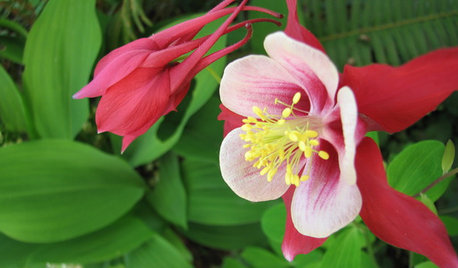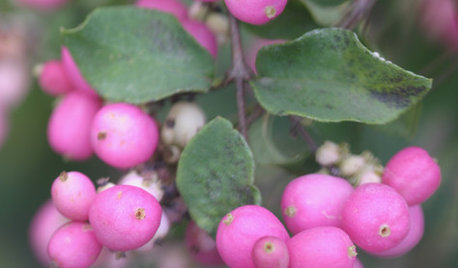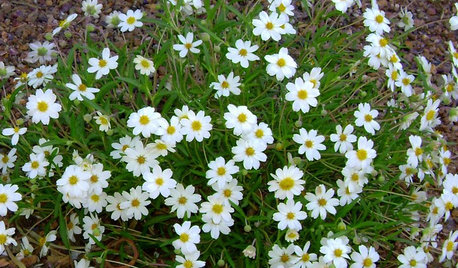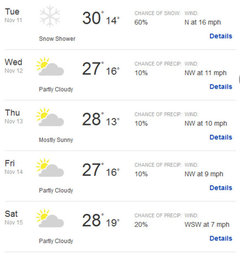Do the roots grow significantly if planted in ground now?
Cal_00
9 years ago
Featured Answer
Sort by:Oldest
Comments (25)
User
9 years agobrandon7 TN_zone7
9 years agoRelated Professionals
Derry Landscape Architects & Landscape Designers · Medford Landscape Contractors · Santa Maria Landscape Contractors · Markham Landscape Contractors · Columbus Siding & Exteriors · Marlton Siding & Exteriors · Del City Decks, Patios & Outdoor Enclosures · Fort Worth Decks, Patios & Outdoor Enclosures · Glen Ellyn Decks, Patios & Outdoor Enclosures · Hayward Decks, Patios & Outdoor Enclosures · High Point Decks, Patios & Outdoor Enclosures · North Aurora Decks, Patios & Outdoor Enclosures · Northbrook Decks, Patios & Outdoor Enclosures · Port Saint Lucie Decks, Patios & Outdoor Enclosures · White Bear Lake Decks, Patios & Outdoor EnclosuresHuggorm
9 years agoken_adrian Adrian MI cold Z5
9 years agoEmbothrium
9 years agowisconsitom
9 years agobrandon7 TN_zone7
9 years agoToronado3800 Zone 6 St Louis
9 years agowisconsitom
9 years agoEmbothrium
9 years agoedlincoln
9 years agoEmbothrium
9 years agogardengal48 (PNW Z8/9)
9 years agovioletwest
9 years agowisconsitom
9 years agogardengal48 (PNW Z8/9)
9 years agoEmbothrium
9 years agowisconsitom
9 years agoGrowerDon
9 years agoedlincoln
9 years agoEmbothrium
9 years agowhaas_5a
9 years agohottina44
7 years agoken_adrian Adrian MI cold Z5
7 years ago
Related Stories

GARDENING GUIDESGreat Design Plant: Grow Blueberries for Their Fruit and More
Eastern gardeners should consider growing blueberry plants for their delicious fruits, bee-friendly spring blooms and brilliant fall foliage
Full Story
GARDENING GUIDESGrow Your Own Privacy: How to Screen With Plants and Trees
Use living walls to lower your home and garden's exposure while boosting natural beauty in your landscape
Full Story
HOUSEPLANTS10 Top Plants to Grow Indoors
Brighten a room and clean the air with a houseplant that cascades artfully, stretches toward the ceiling or looks great on a wall
Full Story
GARDENING GUIDES7 New Plants to Grow for Beautiful Foliage
Add color, structure and interest to your garden with these recently introduced plants that sport exceptional foliage
Full Story
GARDENING FOR BUTTERFLIESGreat Design Plant: Columbine Grows Happily in Shade and Sun
Its ethereal beauty comes from complex forms and wide-ranging colors, but columbine’s benefits are highly attractive too
Full Story
GARDENING GUIDES8 Plants That Snobs Love to Hate — and You'll Love to Grow
Don't dismiss these common annuals, perennials and shrubs — there are reasons they've been popular for so long
Full Story
GARDENING GUIDESYes, You Can Grow Food in a Shady Yard
Your shady garden doesn’t have to be forever barren. Berries, herbs and other shade-loving plants can produce a delicious bounty
Full Story
GARDENING GUIDESGreat Design Plant: Bugle Weed, a Quick Ground Cover
It’s highly adaptable, suppresses weeds, reduces erosion and provide weeks of bright flowers. Just watch for invasiveness
Full Story
LANDSCAPE DESIGN5 Berry-licious Shrubs to Plant Now for Winter Interest
Showy color during snow season? You bet. These shrubs will wake up a garden with colorful berries when other plants are asleep
Full Story
GROUND COVERSGreat Design Plant: Blackfoot Daisy for Prettier Dry Ground
Don’t let its delicate looks fool you. This ground cover can survive extreme cold and heat, and with little water to boot
Full StoryMore Discussions








Embothrium